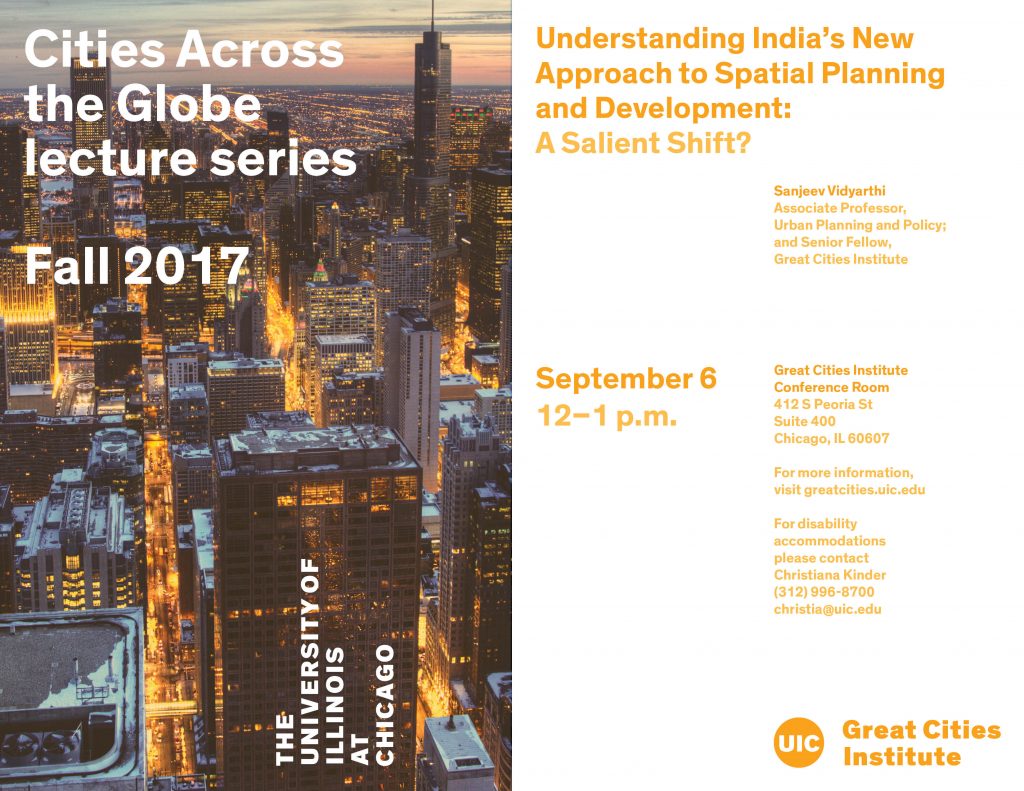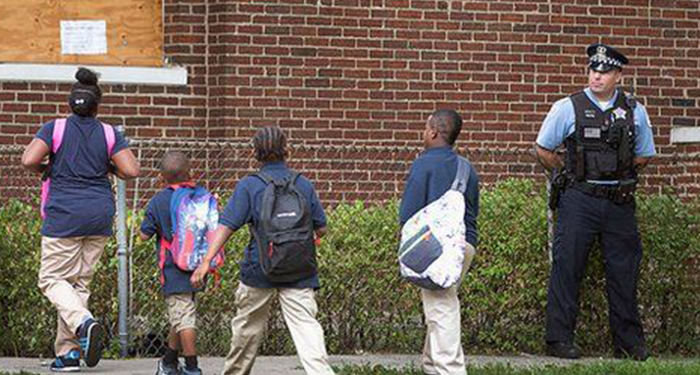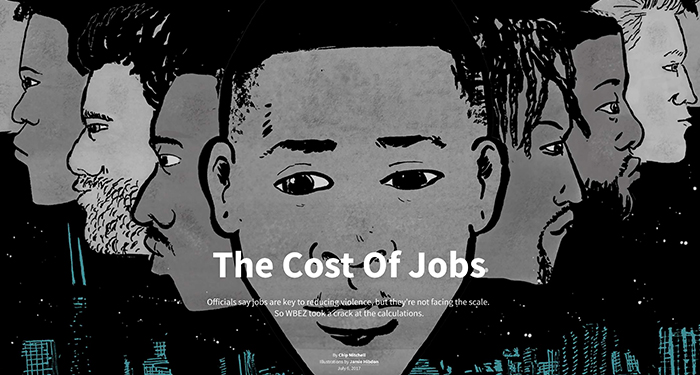How is India planning its diverse range of settlements, which vary from rapidly growing cities to remote villages? Have changes in the country’s polity influenced its approach to the spatial planning and development of urban and rural areas? Taking the regime change in the early 1990s as a point of departure, this book focuses on the complex nature of India’s ongoing urbanization and transformations in the interrelated, but rarely-studied-together, domains of infrastructure finance and development, local planning practice, and on-the-ground empirical outcomes.
Instead of discussing the largest cities—such as Kolkata, Mumbai, and Delhi—that dominate the discourse on urban India, the authors pay close attention to regional cities, rural settlements, and the nuances of the shift away from the Nehruvian planning and development model. This approach illustrates how the tensions between democratic and market-oriented impulses are shaping India’s existing and emergent settlements, drawing out useful insights for scholars and practitioners alike.
Sanjeev Vidyarthi is an Associate Professor of Urban Planning and Policy and a Senior Fellow of the Great Cities Institute at the University of Illinois at Chicago. Professor Vidyarthi co-authored the book, Understanding India’s New Approach to Spatial Planning and Development: A Salient Shift?, with Shishir Mathuris, Associate Dean of Research in the College of Social Sciences and a professor in the Urban and Regional Planning Department at San Jose State University, California, USA; and Sandeep K. Agrawal, Professor and inaugural Director of the Urban and Regional Planning Program at the University of Alberta, Canada.








